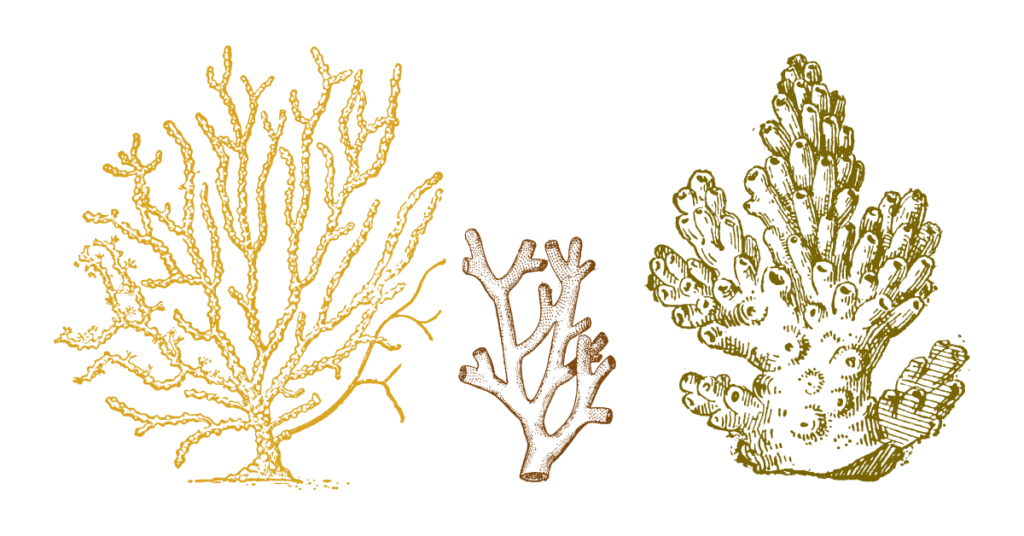If you’re wanting to create a more eco-friendly website, then an energy-efficient website is the most effective way to achieve this. While there are many aspects that can help your business be more environmentally friendly, a faster, more efficient website can have a significant impact. Creating an energy-efficient website reduces the energy we use, reducing the impact on the planet, and makes users trust our sites and brands quicker. No one wants to hang around for pages to load these days. So, make your site as quick as possible, and you’ll benefit both the planet and your profits.
Table of Contents
How to Make an Energy-Efficient Website
An energy-efficient website uses the latest technology and techniques to ensure your website is as fast as it can be. While everything we do has an impact on the world around us, improving our website is one significant way we can help protect the finite resources of the planet. The internet consumes a lot of electricity, 416.2TWh per year, to be precise. That’s more than the entire United Kingdom. If you’re not sure where to start on your eco web journey, see how much carbon your website is currently using with the Website Carbon Calculator. You can also use Google’s PageSpeed Insights tool to see how fast your site is as well. Then check out these energy-efficient website suggestions below.
Reduce images, videos and animations.
One of the biggest culprits of a slow-loading site is the heavy use of images, videos and animations. If you want to make your website as efficient as possible, choose to use these features strategically and minimally. Here are some ways you can counter the reduced speeds you can encounter with these items.
- Use images that are compressed with next-generation image formats like WebP or AVIF and are dimensioned to the right size for where they are to be placed.
- Use MP4 for videos which have good compression without losing quality, and use them to replace other formats, such as gifs which can be larger in size.
- Don’t host large videos on your site; embed them instead from places like YouTube. This may seem like you are simply passing the energy use over to another company, but large organisations like Google (who owns YouTube) have incredibly efficient servers built for handling videos and large volumes of traffic. Hosting at a third-party site is often the best energy-efficiency option.
- Use animations for design elements sparingly. Most animations use JavaScript to execute them, and this produces additional scripts to load on your website, which all add to the page load time.
Remove unused Scripts
While we are on the topic of scripts, remove unused ones where possible. Sometimes you have third-party plugins which add scripts by default which aren’t used by your site, or they are old scripts that have never been cleaned up. Running a website audit can highlight if there are currently any used scripts on your site. Common ways this happens are:
- Third-party plugins add their own analytics scripts – you can often opt out of these, but they can be sneaky about it.
- Out-of-date plugins and extensions whose old scripts are defunct – Make sure you keep your website up to date.
- Scripts doing double duty – Cleaning up plugins to ensure you only use absolutely necessary ones. I’ve often come across websites that are using several plugins to handle forms, analytics, script implementation or features the default WordPress frame can provide.
Operate an efficient caching policy
You absolutely need a good caching policy for an energy-efficient website. A cache is a component that stores data so that future requests for that data can be served faster. This allows repeat website users to see your content quicker, making them more likely to stick around. For most website frameworks, you can combine two types of caching: front-end and server-side. Server-side caching is implemented through your hosting, whilst front-end caching is often controlled by settings on your website. There are many different types of cache plugins for WordPress; some of the best ones include:
- Litespeed cache – which is both server and front-end
- W3 Total Cache
- WP Super Cache
- WP Rocket
But it’s not just about adding a plugin and forgetting about it. Most will have an extensive control panel which can be modified to suit the unique setup of your website and business. When done correctly, it can significantly impact your website speed. In fact, it was one of the changes I made on my own website to get perfect scores on PageSpeed Insights.
Use a CDN
A CDN (Content Delivery Network or Content Distribution Network) is a group of servers located across the globe used to accelerate web content delivery. So, when your website uses a CDN, your site’s content can be shared with more people and at a faster rate without any delay to the user. If you want to delve into the nitty-gritty of how it works, check out the Geeks For Geeks post about CDNs, but if your website has many images or videos, a CDN is an absolute must-have. Though, of course, all websites could make use of this technology.
Switch to renewables
Lastly, switching to renewable energy for your own website hosting is another step in the right direction. Whilst changing an energy provider or a website hosting company that uses renewables isn’t going to make your website more energy-efficient, it will have a better impact on the planet. Ensuring your site is fuelled by green energy will ensure that any energy used has less of an impact on the planet. I currently use EcoHosting (Affiliate Link), which uses 100% renewable energy for its servers.
Choose an eco-friendly website designer
I’m a passionate environmentalist in both my personal and professional life. The websites I design and build are created with the environment in mind as well as the end user. I use my extensive experience in development and technical SEO to make super-fast, energy-efficient websites. Get in touch to book a discovery call, and we can make an energy-efficient website that grows with your organisation.

